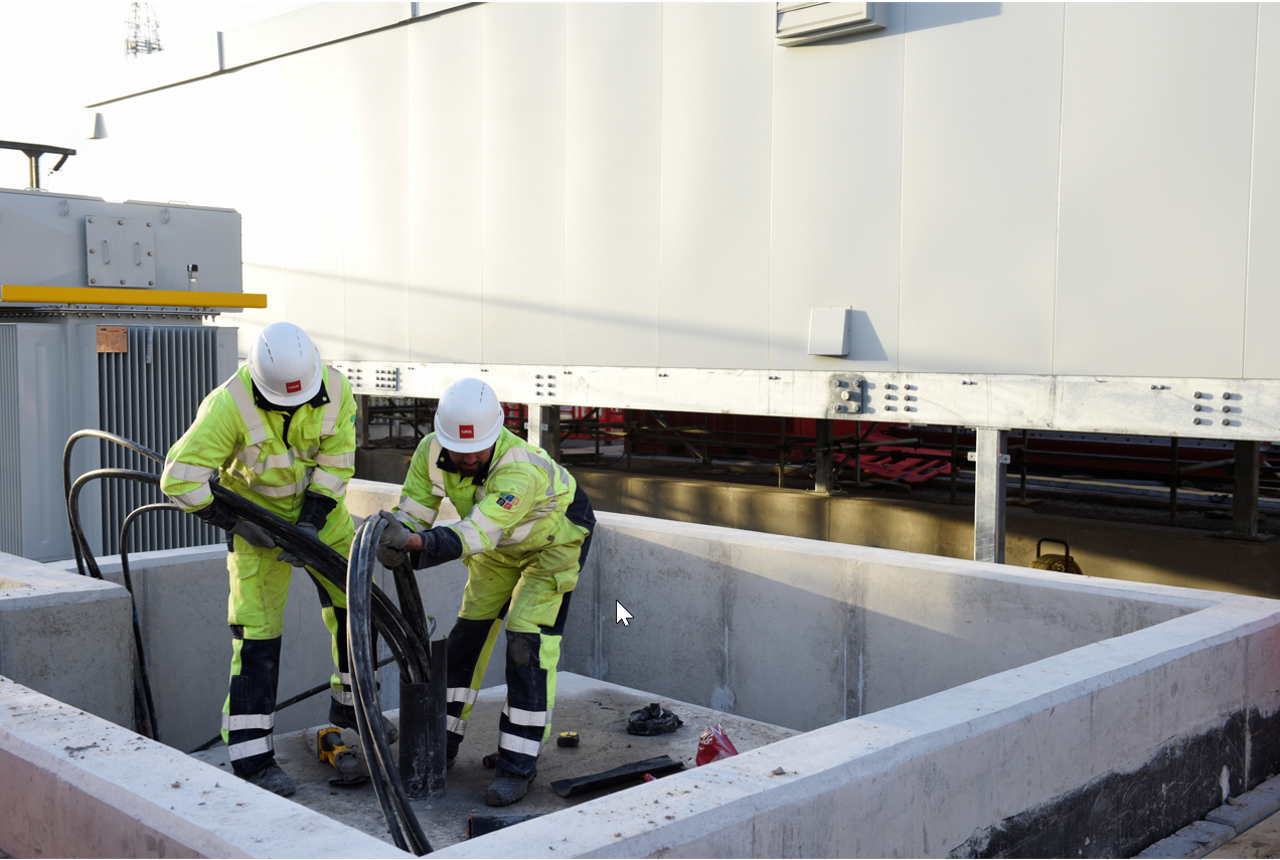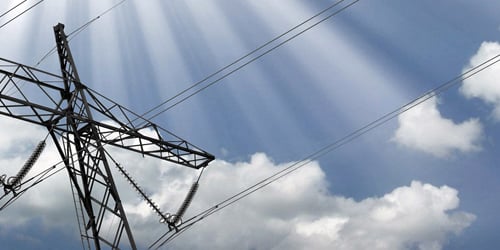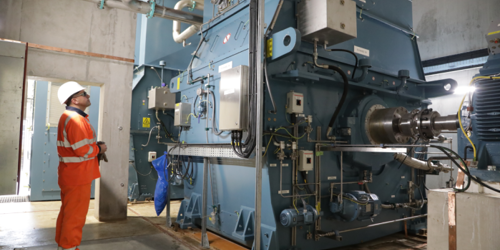
Lister Drive Greener Grid Park
This is one of several projects across the country that will help the UK build a greener future, reaching its goal of achieving net zero carbon emissions by 2050.
Great Britain operates the fastest decarbonising electricity system in the world. Our Greener Grid Parks deliver a solution to the engineering challenge of removing fossil fuels from the UK's energy supply and maximising the amount of renewable energy that can be distributed through the grid. This helps to both protect the environment, and reduce costs for energy consumers.

Why Lister Drive?
National Grid ESO, the operator of the GB electricity grid is responsible for its smooth running and has identified a need for some stability services to the grid in the Liverpool area. Following a thorough search, Lister Drive was determined to be the best site due to its location near an existing electricity sub-station. Planning consent for the project was granted by Liverpool City Council in 2020.
Full image of stability plan in new tab

What’s happened so far?
The project is operational and delivering much-needed grid stability services to maximise the amount of renewables that can be utilised on the grid.
Why do we need Greener Grid Parks?
Related pages
Greener Grid Parks in UK
Our Greener Grid Parks are a collection of small buildings, usually located near substations, containing innovative technology designed to increase the amount of renewable energy transmitted through the national grid.























